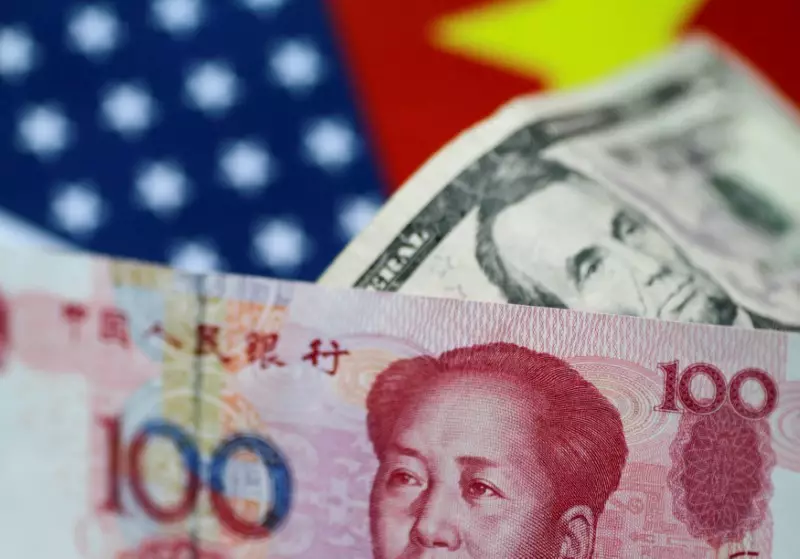The Asian currency landscape exhibits a complex interaction between political events, fiscal strategies, and international market sentiments. As traders navigate through shifting economic conditions, particularly in light of China’s recent fiscal spending announcements and the impact of the U.S. political scene on economic policies, regional currencies find themselves caught in a volatile rhythm. This article evaluates the current state of Asian currencies, the influence of the U.S. dollar, and the implications of upcoming economic indicators.
Following the announcement of Donald Trump’s victory in the 2024 presidential elections, Asian currencies were significantly impacted, resulting in a long stretch of depreciation against the U.S. dollar. The recent firmness of the dollar can be attributed to both a sense of uncertainty regarding U.S. trade policy under a Trump administration and a recent reduction in interest rates by the Federal Reserve. While the dollar’s rally was partially tempered by these rate cuts, its strength continues to dominate the market, creating a challenging environment for regional currencies such as the Japanese yen and the Chinese yuan.
Despite a marginal gain in some regional currencies, the general trend reflected a struggle to gain traction against a backdrop of dollar strength. As the dollar index and futures saw slight increases during Asian trading hours, focus began shifting toward key consumer inflation data due to be released later in the week. This data would provide crucial insights into the U.S. economic landscape, potentially influencing Federal Reserve policy in the near term.
Among Asian currencies, the Chinese yuan has been in a precarious position. Recent economic measures discussed during China’s National People’s Congress included a substantial debt package aimed at alleviating local government financial burdens. The approval of this 10 trillion yuan (approximately $1.4 trillion) debt initiative was meant to stimulate the economy, yet it fell short of investor expectations for more precise fiscal measures. The resultant stagnation in the yuan’s performance reveals a deep-seated caution among investors, predominantly influenced by the prospects of fluctuating U.S.-China relations under a Trump presidency, which could potentially introduce stringent import tariffs.
Compounding these concerns, the latest data indicated a slowdown in Chinese consumer inflation alongside continued contraction in producer prices—a troubling sign for an economy already grappling with significant headwinds. Analysts are now looking towards high-level political engagements planned for December in China, hoping for concrete signals about future stimulus initiatives aimed at invigorating consumer spending and addressing the ongoing property market crisis.
The Japanese yen has not been spared from the consequences of these political and economic developments. Following the latest statements from the Bank of Japan regarding uncertain interest rate policies, the yen has seen a notable decline. With the USDJPY pair rising by 0.5%, speculation about further increases in interest rates remains high, contributing to market volatility.
The evolving political situation in Japan has added further complexity, with the ruling party’s recent loss of parliamentary majority creating a landscape ripe for uncertainty about future monetary policies. The repercussions are being felt across broader Asian markets, where currencies are adhering to narrow trading ranges. The South Korean won, the Singapore dollar, and the Australian dollar all showed modest improvements; however, these gains seem more a reflection of broader market dynamics rather than a solidification of economic fundamentals.
The current state of Asian currencies is characterized by a blend of vulnerability and cautious optimism. The Chinese yuan is caught in a tug-of-war between domestic fiscal measures and international trade anxieties, particularly with the shadow of U.S.-China relations looming large. The Japanese yen faces a steep hill to climb as political uncertainty complicates the monetary landscape. Meanwhile, broader Asian currencies remain largely subdued, impacted by fluctuations in the dollar’s strength and regional economic conditions.
As economists and traders prepare for crucial inflation data from the U.S. and a series of anticipated discussions from Federal Reserve officials, the future trajectory of these currencies will largely depend on the interplay of local and international factors affecting investor confidence across Asia. The outcomes of these economic indicators, along with political developments, will ultimately define the next steps for Asian currencies moving forward.

